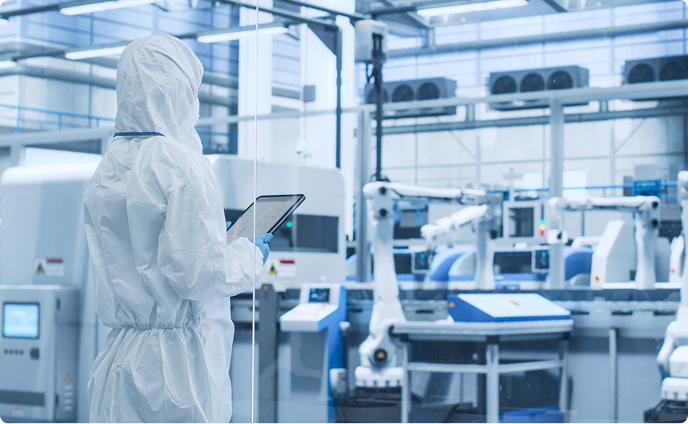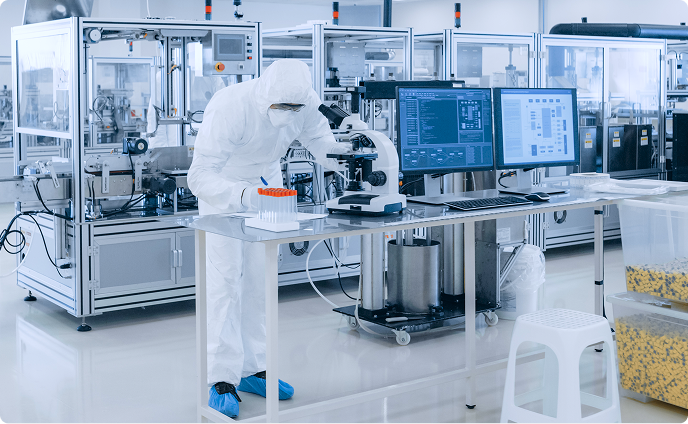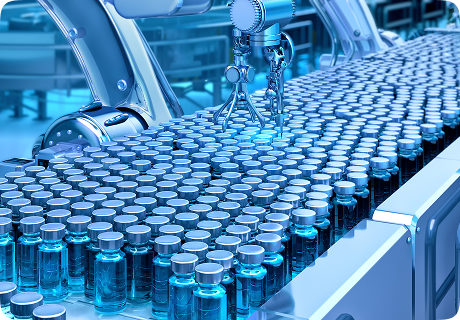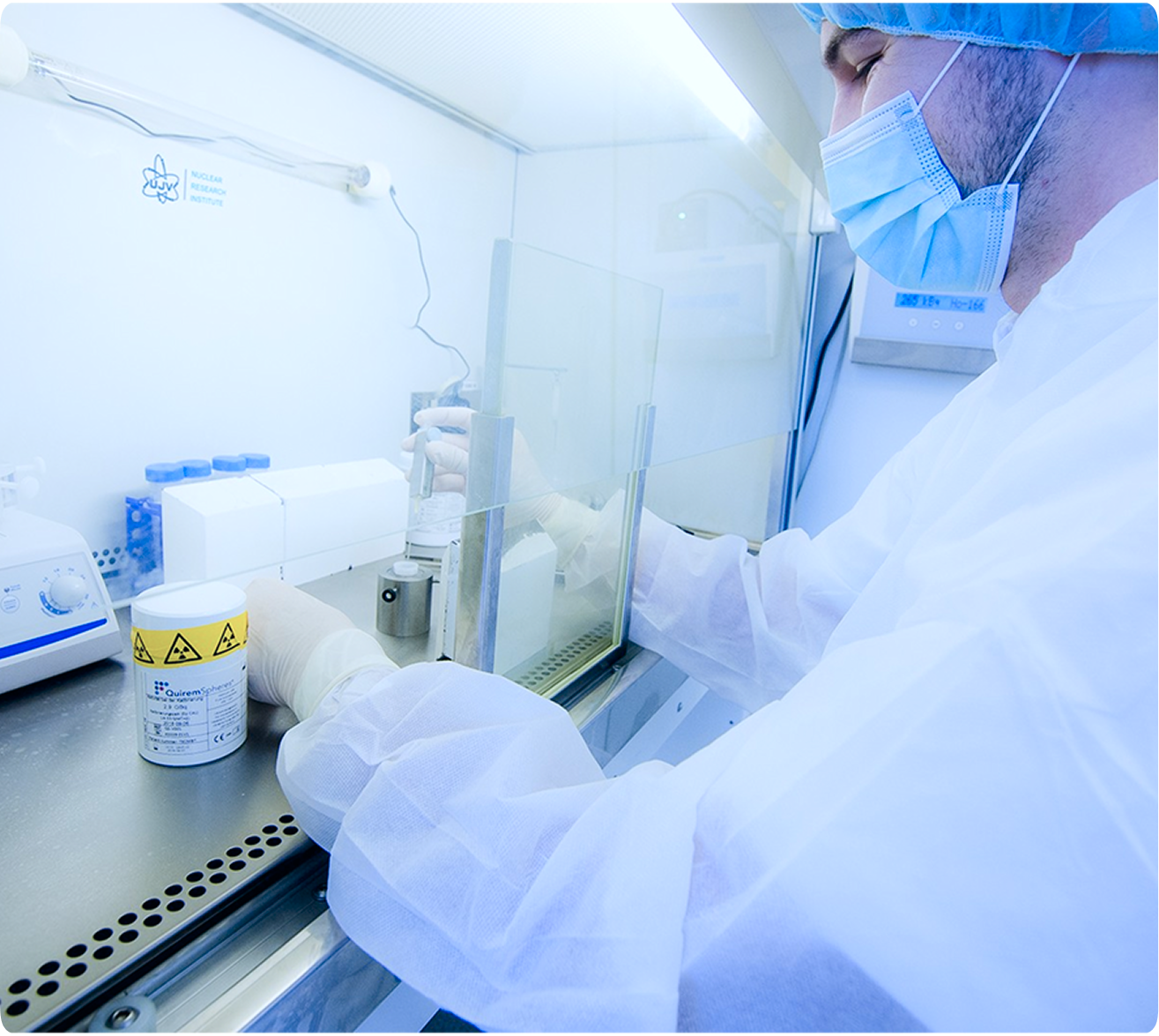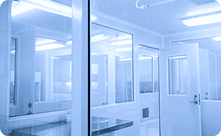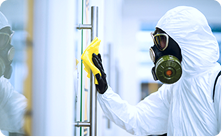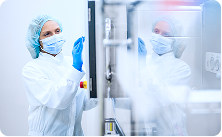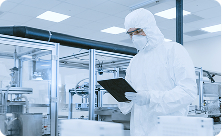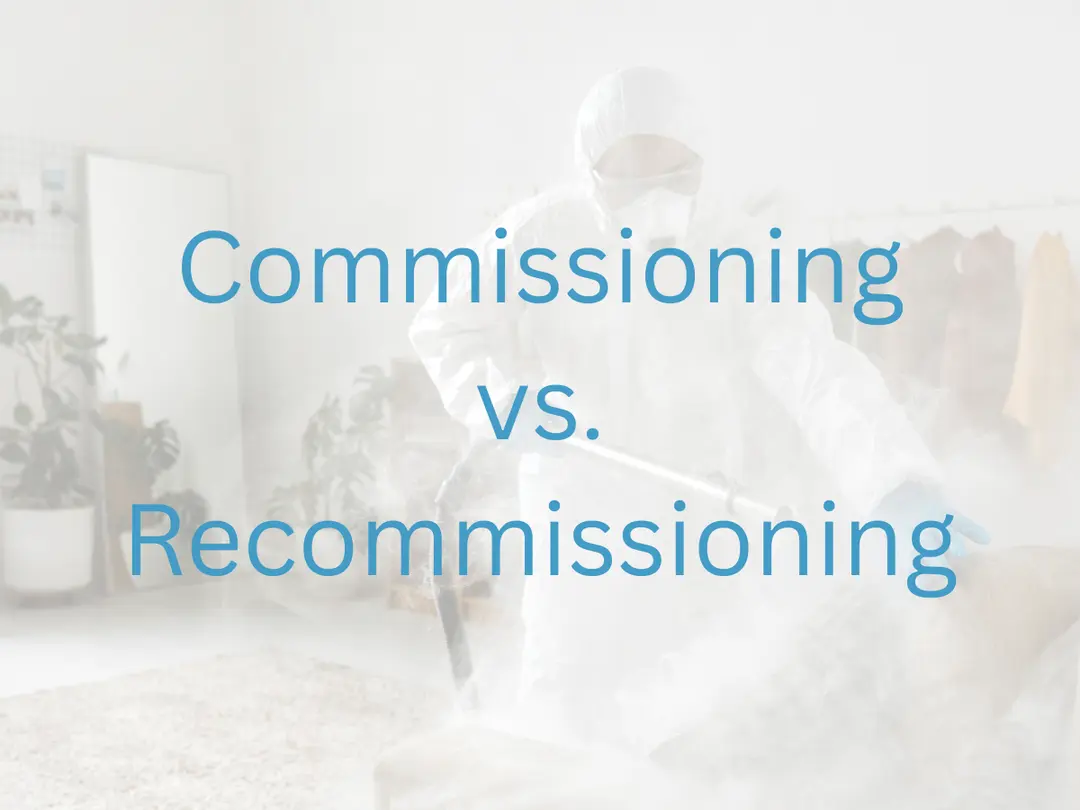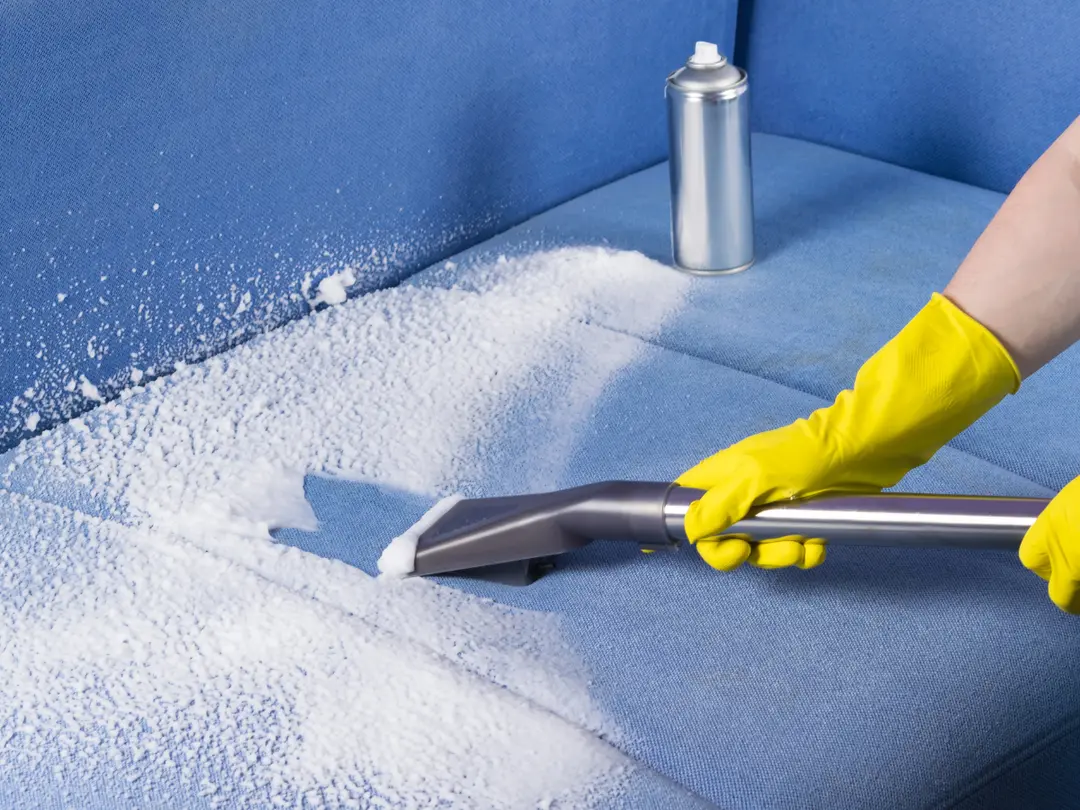The growing complexity of cleanroom operations has driven the need for innovative solutions that maintain high cleanliness standards while enhancing operational efficiency. Automation has emerged as a game-changer in cleanroom disinfection, streamlining processes and reducing human error. This blog explores how automation is revolutionizing disinfection methods in controlled environments.
The Need for Automation in Disinfection
Traditional cleaning and disinfection methods rely heavily on manual labor, which, despite rigorous training, introduces variability and risk of human error. Cleanrooms, especially those in industries such as pharmaceuticals and biotechnology, require consistent, precise disinfection to meet stringent regulatory standards. Automation addresses these challenges by delivering reliable, repeatable, and effective disinfection processes.
Automated Disinfection Technologies
1. UV-C Disinfection Systems
Ultraviolet germicidal irradiation (UVGI) systems are increasingly being employed for automated disinfection. These systems emit UV-C light to destroy the DNA of bacteria, viruses, and other microorganisms. The portability and ease of use of these systems allow for efficient surface and air disinfection without the need for chemicals.
2. Ionized Hydrogen Peroxide (iHP) Fogging
Automated iHP systems disperse ionized hydrogen peroxide into the cleanroom, effectively neutralizing a wide spectrum of pathogens. This method reaches inaccessible areas, ensuring comprehensive coverage and minimal downtime.
3. Robotic Cleaning Systems
Robotic systems equipped with advanced navigation technology can autonomously perform tasks such as floor cleaning, surface wiping, and chemical application. These robots reduce the need for human presence, further minimizing contamination risks.
Benefits of Automation in Cleanroom Disinfection
Automation in disinfection offers several significant advantages:
- Consistency: Automated systems follow programmed protocols, ensuring uniform application of disinfection agents across all surfaces.
- Efficiency: These systems are faster than manual methods, reducing downtime and increasing productivity.
- Safety: By reducing direct human involvement, automated systems lower the risk of chemical exposure and contamination from personnel.
- Regulatory Compliance: Automation ensures adherence to strict cleaning and disinfection standards, providing thorough documentation for audits and inspections.
Challenges in Implementing Automation
While automation offers numerous benefits, it comes with challenges:
- High Initial Costs: The upfront investment for automated systems can be significant, though long-term savings often offset this expense.
- Integration with Existing Systems: Ensuring compatibility with current cleanroom protocols and infrastructure requires careful planning.
- Training Requirements: Staff must be trained to operate and maintain automated systems effectively.
The Future of Cleanroom Disinfection
The adoption of automation in cleanroom disinfection is set to expand as technology advances. Future systems are likely to integrate artificial intelligence for adaptive cleaning strategies, improving efficiency and adaptability to different contamination scenarios. Automation will not only redefine the standards of cleanroom hygiene but also enhance overall operational efficiency. Contact us for more information.

